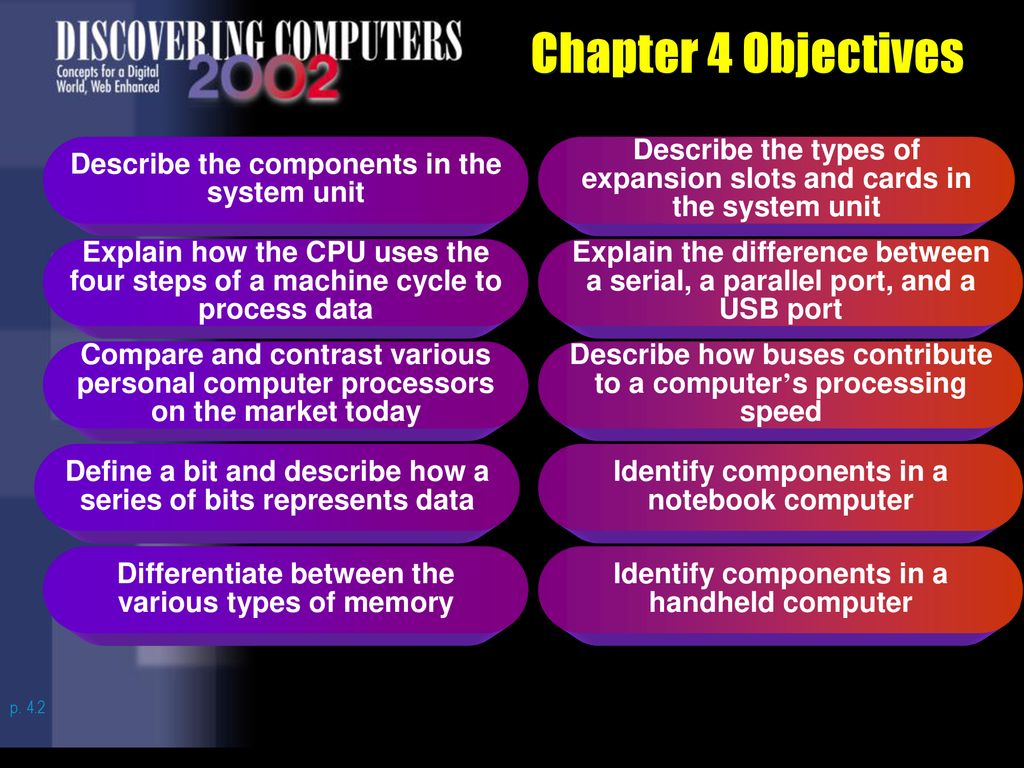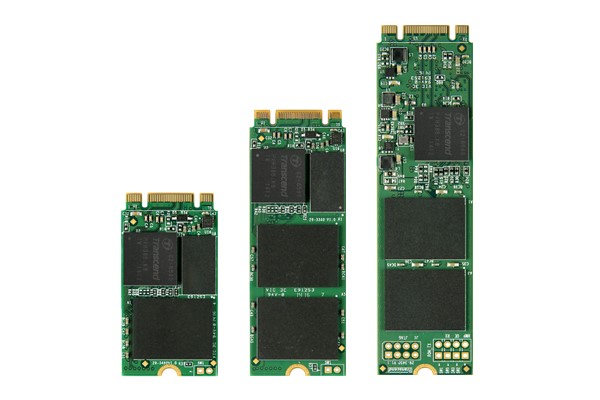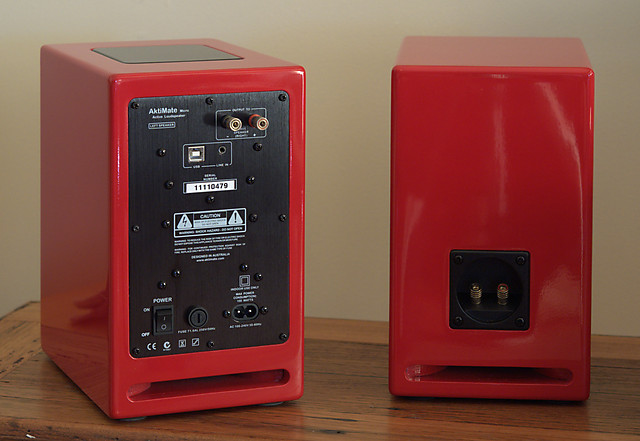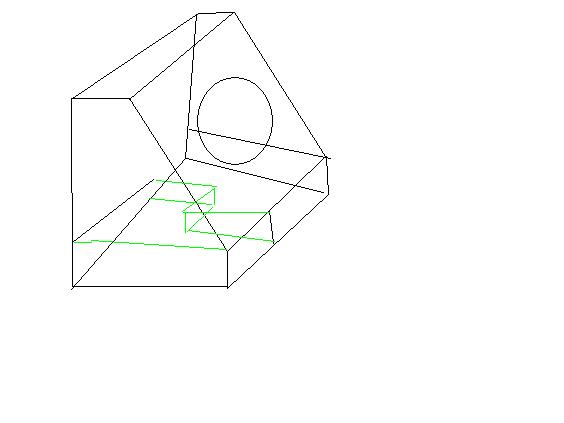Difference Slot Port
We almost every time need to connect our computer to the internet through a network or any other device depending upon how the internet service provider delivers an internet connection to our houses or offices. In today’s world of technology, the simplest way to connect to the Internet is through an ethernet cable, which can hence be connected to the internet through a router, DSL modem, or optical fibre.
Unlike the combo SFP/RJ45 port which is actually a link shared by two different ports, a dual-rate SFP port is one single SFP slot that can be configured to support two different data rates. Generally a dual-rate SFP slot can set to be either 1G mode or 10G mode, i.e., an SFP module or an SFP+ module can be installed in it.
- But do you know how to tell the difference between a 1.x and 3.x port? Here's how to determine what kind of USB connection your computer or device has. When it comes to USB ports, what defines the features are called specifications (1.1, 2.0, etc.).
- Slot port is easier to build. Slot port adds strength. Slot port has a higher tendancy for turbulence since it uses 90degree corners. Slot port is cheaper. Round port if flared are more efficient. Round port costs more to make. Round ports are a bitch sometimes to mount, as they need support internally so they dont move. Round ports are not the same as aeroports.
Whatever may be the mode of connection, our computer connects to the nearest network device like the DSL modem or router through something called the Network Interface Card. network interface aka. NIC card comes with the necessary circuitry to convert the signals that come from networking devices to something that can be understood by our computers.
What is a Network Interface Card?
For the most part, the Network Interface Card is a kind of interface that is compatible with the nearest networking device to connect to our computers.
Ethernet is the simplest form of connection to get access to the internet on computers, laptops, etc., and depending upon the motherboard that you are using you might already have a dedicated Gigabit Ethernet port, or you might have to purchase one from the market and connect it to the computer through some already existing interface.
So if you are purchasing any device that will add an Ethernet port to a computer most users name it a Network Interface Card or an Ethernet card. To most people, a Network Interface Card and Ethernet card are similar but it is not so. so I will discuss the differences between Network Interface Card and Ethernet card here.
Difference Slot Portugal
Hence, without any further delay, get started with the differences between a Network Interface Card and an Ethernet card, that you should know before you go shopping one of them.
Ethernet card
Let me first talk about a dedicated Ethernet card, which adds an Ethernet port to a computer through some already existing hardware interface. If the computer already has an Ethernet port (RJ45)then you can simply connect your router or any other Ethernet cable to that, and such motherboard is considered to have an integrated Ethernet card. However, you can also get one from the market if your Ethernet port is damaged or you are not getting the rated speeds.
PCIe Ethernet Cards
Most users will go to the computer store and ask for a Network Interface Card and the salesman will give him a PCIe Ethernet card in most cases. In most cases, an Ethernet card can be connected to the PCIe or PCI Express slot on the computer so that it can be connected to a network. The PCIe Slot is the same slot, where you will connect a graphics card, sound card, or any other additional peripheral to your computer.
USB Ethernet Cards
But, if you are having a laptop or you don’t have any free PCIe slots on your computer and you want to get an extra Ethernet port, just in case you don’t have one, or it is damaged, you can also go for an USB-based Ethernet card, which will be connected through a free USB slot on your computer to get connected to a network and hence the internet. Basically these are the two ways you can connect to a network using an Ethernet port.
Which is better between PCIe and USB Ethernet?
Talking about which one is better between the PCIe-based Ethernet cards and the USB Ethernet cards, it will depend upon the performance that you are looking for. If you don’t have a free PCIe slot available, a USB Ethernet card is the only option remaining for you. However, if you are looking for the best performance and you don’t have a problem opening the computer case, the PCIe-based Ethernet cards are the best you can go for.
With 16 lanes on a PCIe 6.0 slot, you can get theoretically maximum speed up to 128 GB per second which is limited to only 5 GB per second on the latest USB 3.0 standards. On the other hand, even with a PCIe 3 slot, which is most common for Ethernet cards, you can get 15 GB per second with 16 lanes, and with older USB standards, the USB 2.0 and others, the speeds are even lower. Though these are theoretical maximum speeds, and the best you can get out of a Gigabit Ethernet port is 1,000 Megabits per second.
But, the comparison can be useful for you to understand which one will be the best bet for you. However, the actual performance will definitely depend upon the manufacturer of the product that you are going for and also the specifications. But for the most part, PCIe-based Ethernet cards will give you the optimal performance that you are looking for.
Network Interface Card
Talking about Network Interface Cards, it is actually a domain of computer hardware that is used to connect a computer to a network or the internet. So if you talk about Ethernet cards, they are a subdomain of the Network Interface Cards. So, if you are connecting your computer to the internet through Wi-Fi, Ethernet or not so widespread Bluetooth connectivity, the device that you are using to connect your computer to any such network is also a Network Interface Card. So a Network Interface Card can be a small USB dongle that enables Wi-Fi on your computer to a small Bluetooth dongle and the Ethernet card that I have discussed above.
Difference Slot Portland Oregon

However, most computer stores will give you an Ethernet card, if you ask for a Network Interface Card. The reason is, till a few years ago, dedicated Ethernet cards were popular and that was by far the most popular mode of connection to connect a computer to the network. Even today, if you go to the computer store to purchase a Wi-Fi dongle, you will mostly ask for a dongle, instead, that will make your computer Wi-Fi enabled.
So, a Network Interface Card, in simple terms is a device that opens up some kind of interface to connect your computer to the internet or any network. Network Interface Cards can give you an Ethernet interface, USB interface or wireless interface depending upon which product you are exactly going for.
Today, you can even find some Ethernet cards, which also has a Wi-Fi interface that can help you connect your computer to an existing Wi-Fi network or convert your computer to a Wi-Fi hotspot with the appropriate software.
So, a Network Interface Card offers an interface to the computer to get connected to some network and finally to the internet. If a Network Interface Card comes with an ethernet interface where an Ethernet port can be connected for that particular Network Interface Card you can alternatively call it an Ethernet card.
On most Ethernet cards, you can even have multiple Ethernet ports, and some can even have an antenna so that the computer can even connect to wireless networks.
That was all about the difference between Network Interface Cards and Ethernet cards. Do you have any questions in mind? Feel free to comment on the same below.

Other Articles to read:

PCI Vs PCI Express are two different versions of internal bus standards for connecting or injecting peripheral devices into equipment like computers, network servers. But do you know about their relations? And could you tell the differences in PCI Vs PCI Express? To figure out these questions, an exploration for PCI and PCI Express will be introduced in this post.
What Does PCI Vs PCI Express Stands for?
PCI, also called peripheral component interconnect, is a connection interface standard developed by Intel in 1990. Originally, it was only used in servers. Later on from 1995 to 2005, the PCI was widely implemented in computer and other network equipment like network switch. Most commonly, PCI is used as the PCI-based expansion card to insert into the PCI slot in a motherboard of a host or server. In the expansion card market, the popular PCI expansion cards are NIC card or network interface card, graphics card, and sound card.
Figure 1: PCI Express Network Card
PCI Express, also abbreviated as PCIe, refers to the peripheral component interconnect express. As the successor of PCI, PCI Express is also a type of connection standard carried out by Intel in 2001, which provides more bandwidth and is more compatible with existing operating systems than PCI. Similar like PCI, PCIe also can be used as expansion cards like PCIe Ethernet card to insert into PCI Express slot.
Comparison of PCI Vs PCI Express

As the replacement of PCI, PCI Express differs with it in several aspects, such as working topology and bandwidth. In this part, a brief comparison of PCI Vs PCI Express will be made.
PCI Vs PCI Express in Working Topology: PCI is a parallel connection, and devices connected to the PCI bus appear to be a bus master to connect directly to its own bus. While PCIe card is a high-speed serial connection. Instead of one bus that handles data from multiple sources, PCIe has a switch that controls several point-to-point serial connections.
Figure 2: PCI Vs PCI Express
PCI Vs PCI Express in Bandwidth: Generally, the fixed widths for PCI are 32-bit and 64-bit versions, running at 33 MHz or 66 MHz. 32 bits with 33 MHz, the potential bandwidth is 133 MB/s, 266 MB/s for 66 MHz, and 532 MB/s for 64 bits with 66 MHz. As for PCIe card, the bandwidth varies from 250 MB/s to several GB/s per lane, depending on its card size and version. For more detail, you can refer to the post: PCIe Card Tutorial: What Is PCIe Card and How to Choose It?
PCI Vs PCI Express in Others: With PCI Express, a maximum of 32 end-point devices can be connected. And they support hot plugging. While hot plugging function is not available for PCI, it can only support a maximum of 5 devices.
FAQs About PCI Vs PCI Express
1. Is the speed for PCI slower than PCI Express?
Sure, the speed for PCIe is faster than PCI. Take the PCIe x1 as an example, it is at least 118% faster than PCI. It’s more obvious when you compare the PCIe-based video card with a PCI video card, the PCIe video card x16 type is almost 29 times faster than PCI video card.
2. Can PCI cards work in PCIe slots?
The answer is no. PCIe and PCI are not compatible with each other due to their different configurations. In most cases, there are both PCI and PCIe slots on the motherboard, so please fit the card into its matching slot and do not misuse the two types.
3. What is a PCIe slot?
PCIe slot refers to the physical size of PCI Express. By and large, there are four slot types: x16, x8, x4, and x1. The more the slot number, the longer the PCIe will be. For example, PCIe x1 is 25 mm in length, while PCIe x16 is 89 mm.

Summary
In this post, we make a comparison in PCI Vs PCI Express from their origin, working mode to their bandwidth, etc. In the final part, there are several frequently asked questions listed for your information. Hope this post will give you some inspirations in telling PCI Vs PCI Express.